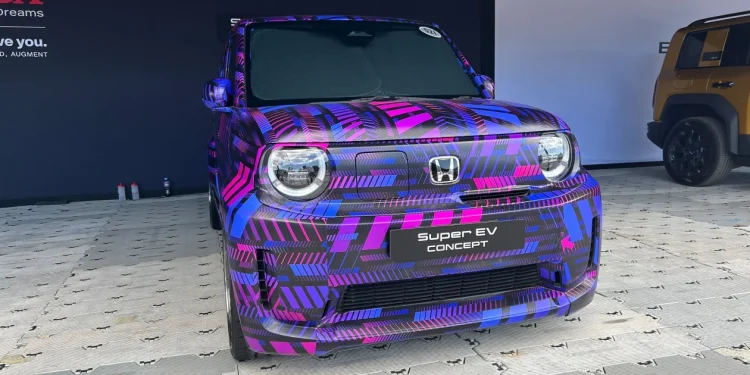Honda quirky EV concept fires up at Goodwood
Words NZ Autocar | Images AutoExpress
The small electric car segment is gradually growing, and Honda wants to get in on the action with the Super EV concept.
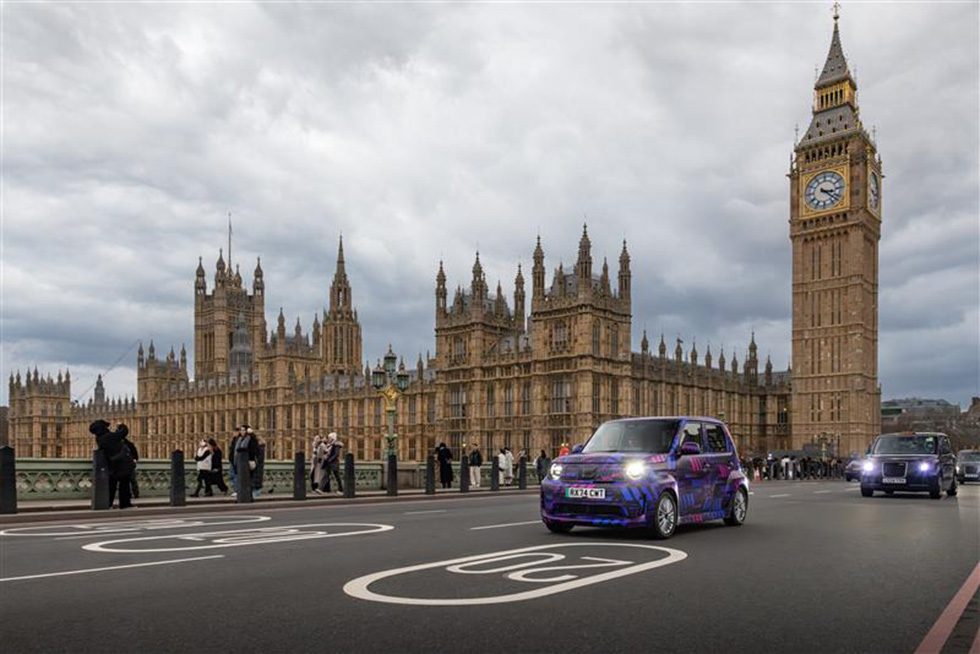
This city-focused electric is a successor to the expensive slow-selling Honda e. It is actually based on a kei car in Japan called the N-One, modified to accommodate an electric powertrain.
The vehicle made its global dynamic debut by hairing up the hillclimb at the Goodwood Festival of Speed.
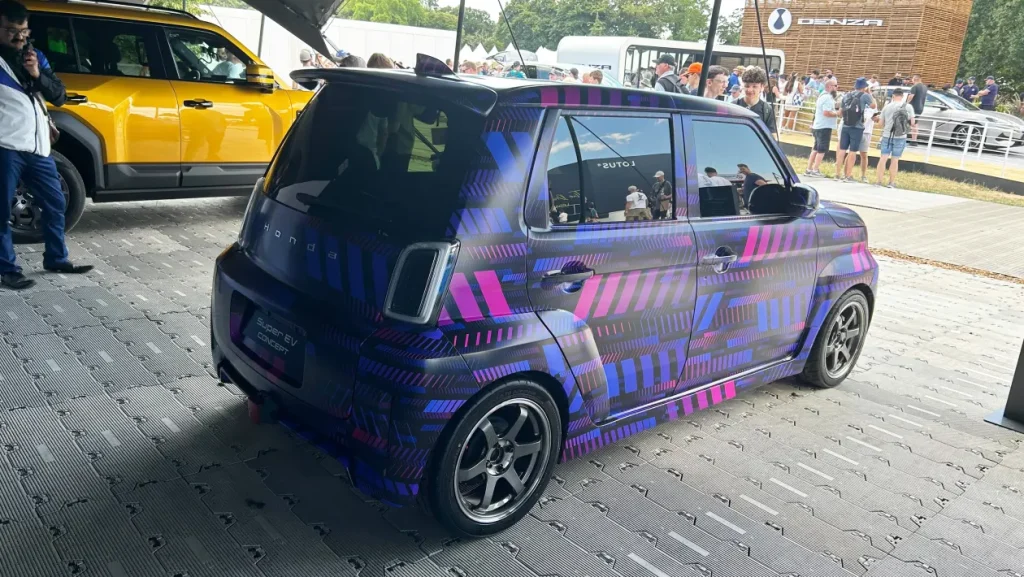
Key changes from the N-One include a new bonnet, creating space for a fresh front end that resembles that of 2023’s Honda Sustaina-C concept. Its rounded headlights are embedded into a blanked-off grille area. There are cooling and aerodynamics ducts up front, and a charge point sited in much the same place as that of the Honda e.
Wheels pushed out to the corners mean a relatively long wheelbase for added interior room. There’s a wider track too and squared off wheelarches. A roof spoiler, clear-lens rear lights and ‘Honda’ script are new at the rear.
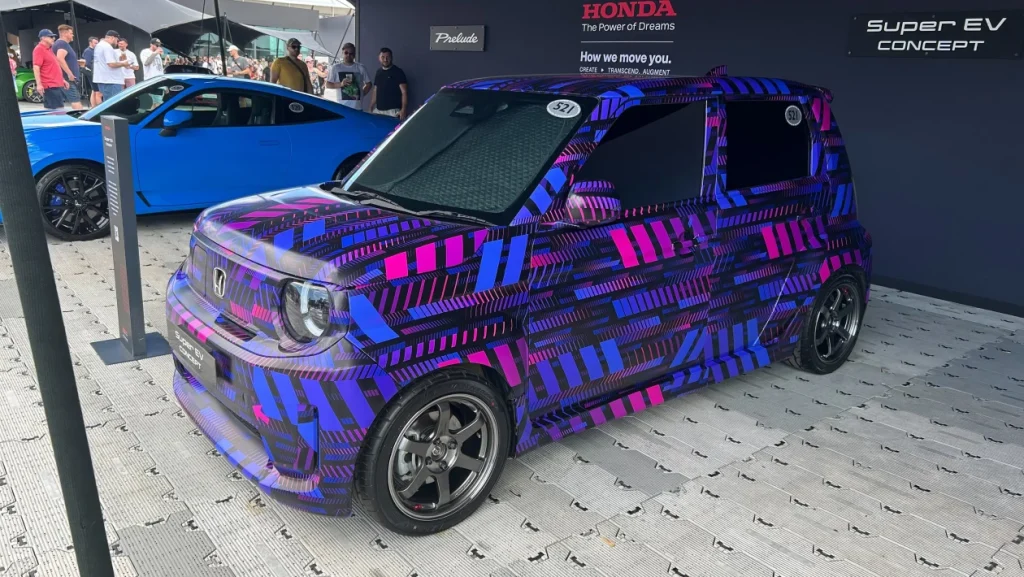
The company says the Super EV is designed as an A-segment compact EV that’s fun to drive. Few details are available at present. And that’s perhaps because Honda is not yet quite clear on the future of this concept car.
It first appeared at CES earlier this year. It may rival the likes of Hyundai Inster, Mini Cooper, and Fiat 500e, along with BYD Seagull, Citroen e-C3, VW ID.2 and Renault Twingo.
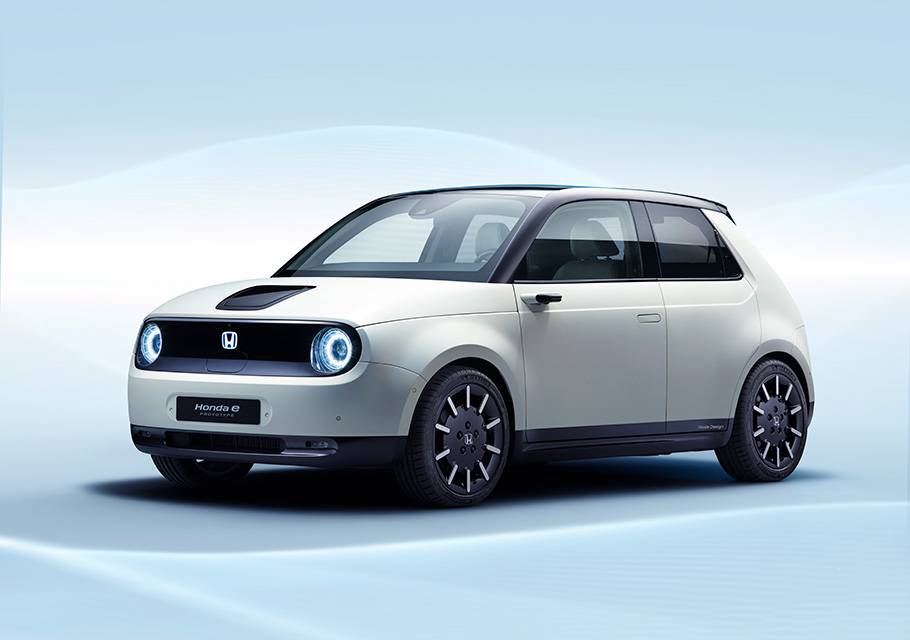
The Super EV concept does not use the 0 Series platform of Honda’s larger upcoming EVs for cost reasons. Any production version of the Super EV will serve as an entry point to Honda’s future EV line-up.
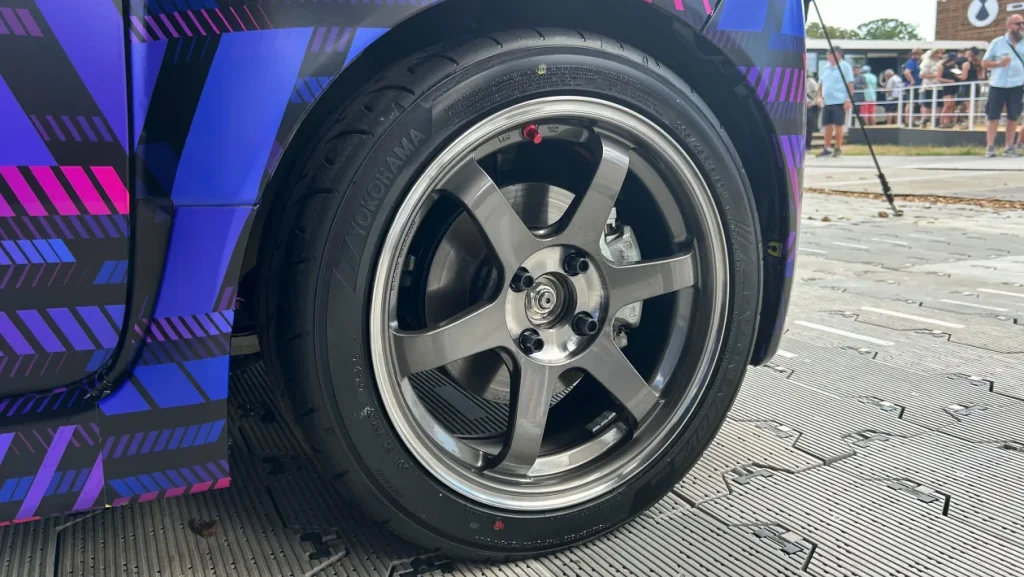
The Honda Super EV concept has already been testing in the UK prior to its international roll-out.
Honda is also hedging its bets, going big on hybrids. Thirteen new models are due globally by 2030 as a bridge to mass adoption of BEVs. These will use “the most efficient combustion-engined powertrains yet”.


